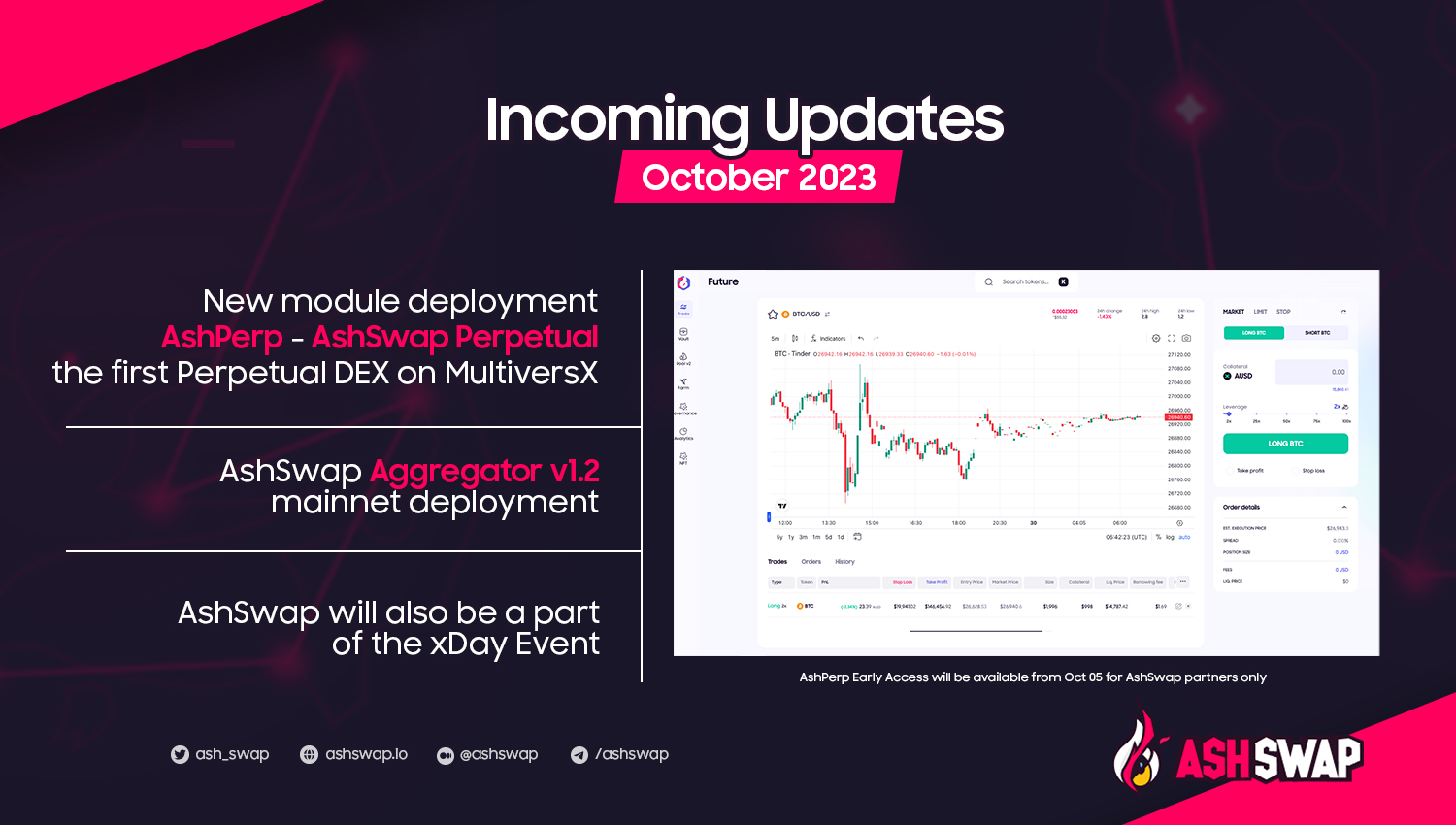The DeFi market is becoming more vibrant and attracting a lot of new users to join. DeFi allows users to access the Crypto market without a third party, government, or centralized exchanges.
The development of DeFi has driven an increase in the number of users; besides, billions of Dollars are being traded daily on decentralized exchanges (DEXs). Besides that development, DEXs still have many things you need to concern about; one of those is Price Slippage.
What’s price slippage?
Simply put, Price Slippage is the price difference between the time you make a transaction on the DEX and the time that transaction is confirmed on the Blockchain.
When you make a transaction on the DEX, the DEX will calculate the price you need to pay at that time. After confirming the transaction, it will take a little more time till your transaction is confirmed on the Blockchain.
And we know that the price of tokens in the Crypto market does not stop volatility; hence the price at the time you confirm on the DEX may be different from when the transaction is confirmed on the Blockchain, which creates the Price Slippage.
Reasons why Price Slippage happened
Trading Volume
Some tokens have extremely high trading volume, which will increase volatility, so a price difference at confirmation of transactions on DEX and confirmation of transactions on Blockchain will likely happen. Price Slippage is higher.
For example:
Nate has 1,000 USDT, and you want to buy ETH on the Uniswap exchange, and the Price of ETH at the moment is $1,000; the Uniswap exchange estimate Nate will get 0.9991 ETH after deducting gas fees. The system will also automatically calculate Minimum Received After Slippage 0.50%, so if Price Slippage does not happen, Nate can receive 0.9991 ETH. Still, if there is Price Slippage, his actual number will be received at around 0.9941 ETH.
However, Price Slippage does not always make you lose more money; when trading, you can get more tokens if the market moves positively.
Liquidity
As you know, in previous DeFi 101 series articles, we have covered the components of DeFi and how a DEX works, including the operation of the Liquidity Pool.
The Liquidity of a pair of token on a DEX is held at Liquidity Pool with a rate of 50/50 for each token.
When you do Swap on the exchange, the amount of Token A will increase, and the amount of Token B will decrease, and when you trade with a large order, it will change the 50/50 ratio drastically (Example: 70/30 or 80/20) and cause a liquidity imbalance in the Pool, leading to Price Slippage.
For example:
Nate owns 5,000,000 BNB, and he wants to swap BNB for CAKE at PancakeSwap. With a large transaction volume of BNB, the rate in the Pool will be unbalanced and lead to the Price of CAKE increasing and creating a Price Slippage. The Price of CAKE will increase depending on the Pool’s Liquidity; the higher the Liquidity, the lower the Price Slippage when trading will be, and vice versa.
How to reduce Price Slippage
Break up your order into small pieces
You risk getting fewer tokens due to slippage when you trade with a large order, and breaking your order into smaller chuck will help you avoid the effects of slippage and get more tokens. Of course, you will lose more gas costs, but that number is much smaller than the cost you pay due to price slippage.
Increase gas
At the same time, on a Blockchain, there will be a lot of transactions that need to be confirmed by the miner. This time, the transactions that pay more gas will be prioritized to process first.
If the token pair you are trading has a large trading volume and high price volatility, you should increase the gas for your order. It will help you shorten the validation time on the Blockchain and help you trade at a reasonable price reducing the likelihood of being affected by Price Slippage.
Conversely, if the token pair you are trading has low trading volume and volatility, you may consider not using this method to save costs.
Adjust Slippage Tolerance
Adjust Slippage Tolerance is a feature offered by most DEXs to users. It makes it easy to decide what Price Slippage ratio you want.
However, there are some caveats you need to be aware of when using this feature, especially in case the token pair you are trading has the potential to be highly volatile.
The first thing, if you set the Price Slippage rate too high, this will confirm your transaction faster, but the number of tokens you get will be less. Consider being careful about your ability to accept Price Slippage when making a transaction if you don’t want to feel left out because the amount of tokens you receive is less than expected.

The second thing is if you are setting the Price Slippage rate too low. The benefit of this action is to help you optimize the number of tokens received after the transaction. Still, its limitation is that your transaction will be challenging to confirm because your slippage tolerance is too low compared to market volatility.
Summary
Price Slippage is a price difference between the time you confirm the transaction on the DEX and the time the transaction is confirmed on the Blockchain.
How to avoid Price Slippage
- Break up your order into small pieces
- Increase gas
- Adjust Slippage Tolerance
If you want to know more about the DeFi world, let’s take a look at our DeFi 101 Series.



